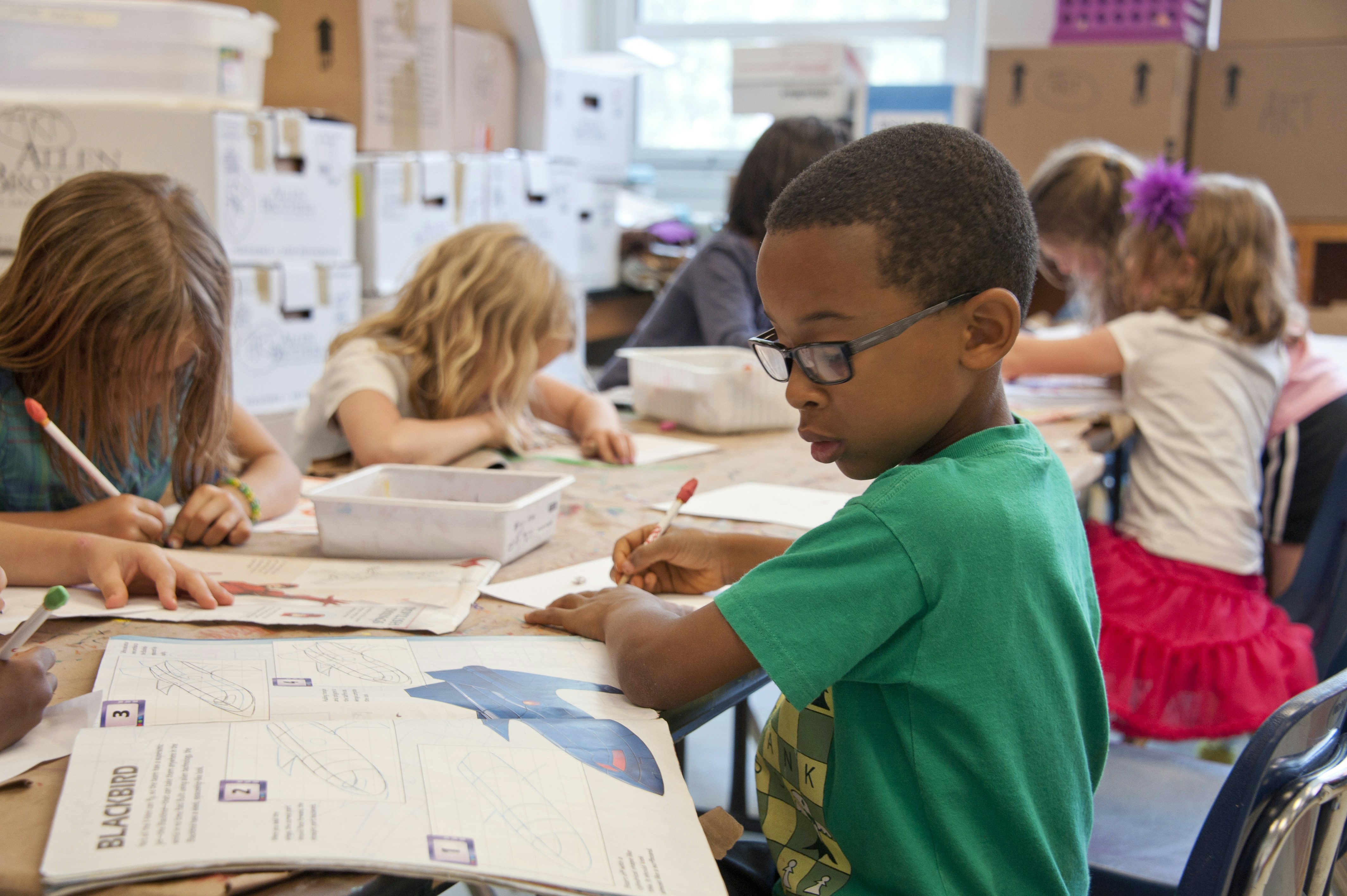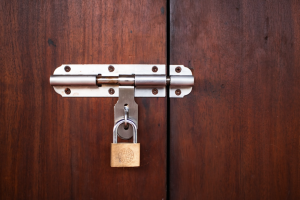Understanding Common Back to School Injuries

As students prepare to return to school, it's vital to recognize and address the potential risks associated with common back-to-school injuries. From slips and falls to sports-related incidents, understanding these injuries and their prevention strategies is essential for maintaining a safe and secure learning environment for students of all ages.
Types of Common Back to School Injuries
Falls and Trips: School hallways, stairwells, and playgrounds can be bustling with activity, making slips, trips, and falls common occurrences. These accidents can result in a range of injuries, including sprains, strains, fractures, and bruises. For instance, a student may trip over uneven flooring, slip on a wet surface, or fall while running in the playground.
Falls and trips are prevalent in school environments due to various factors such as crowded hallways, poorly maintained premises, or inadequate supervision. A fall can happen anywhere, from slipping on a spilled liquid in the cafeteria to tripping over a backpack left in the hallway. The injuries resulting from falls can vary in severity, from minor bruises to more serious fractures or head injuries. It's essential for schools to implement measures to identify and address potential hazards to minimize the risk of falls and ensure the safety of students.
Sports Injuries: Participation in school sports activities exposes students to various risks, including strains, sprains, concussions, and fractures. Whether during organized team sports or physical education classes, students may sustain injuries while running, jumping, or engaging in contact sports like football or basketball.
School sports activities provide numerous benefits, including physical fitness, teamwork, and skill development. However, they also carry the risk of injuries, particularly if proper safety measures are not in place. Common sports injuries among students include sprained ankles, pulled muscles, and concussions. These injuries can occur due to factors such as improper warm-up, inadequate protective gear, or collisions with other players. Coaches, teachers, and school administrators should prioritize safety by enforcing rules, providing appropriate equipment, and ensuring proper supervision during sports activities.
Backpack-related Injuries: Carrying heavy backpacks improperly can strain muscles and joints, leading to back, neck, and shoulder pain. Poorly fitted backpacks or excessive loads can contribute to musculoskeletal problems, especially among younger students whose bodies are still developing.
Backpack-related injuries are a growing concern among students, particularly as the weight of textbooks and school supplies continues to increase. Carrying a heavy backpack improperly can put excessive strain on a student's back, neck, and shoulders, leading to pain and discomfort. Over time, this strain can contribute to musculoskeletal issues such as muscle strains, spinal misalignment, and posture problems. To prevent backpack-related injuries, students should be educated on proper backpack use, including how to distribute weight evenly, adjust straps for a comfortable fit, and minimize unnecessary items.
Playground Accidents: Playgrounds are a common site for childhood injuries, with falls, collisions, and entrapment posing significant risks. Improperly maintained equipment, lack of supervision, and unsafe behavior can increase the likelihood of accidents, resulting in cuts, bruises, fractures, and more severe injuries. Illinois parents from the Windy City often hear from their attorneys at Curcio Law Offices Chicago how careful documentation can make a big difference in understanding what led to an accident. They also learn why promptly reporting the incident helps preserve important details that may otherwise be lost.
Playgrounds are essential for children's physical and social development, but they can also be hazardous if safety measures are not properly implemented. Common playground injuries include falls from equipment, collisions with other children, and entrapment in structures. Factors contributing to playground accidents may include inadequate supervision, lack of maintenance, and age-inappropriate equipment. Schools should conduct regular inspections of playgrounds, provide proper supervision, and educate students on safe play practices to reduce the risk of injuries.
Pedestrian Accidents: Walking to and from school exposes students to the risk of pedestrian accidents, such as being struck by a vehicle. Factors like distracted driving, lack of crosswalks, and poor visibility can increase the likelihood of such accidents, leading to severe injuries or fatalities.
Walking to school is a common mode of transportation for many students, but it also comes with inherent risks, particularly when navigating busy streets and intersections. Pedestrian accidents can occur due to various factors, including distracted driving, speeding, and failure to yield to pedestrians. Injuries resulting from pedestrian accidents can range from minor cuts and bruises to more severe trauma, such as broken bones or head injuries. To promote pedestrian safety, schools should work with local authorities to implement traffic calming measures, improve crosswalks and signage, and educate students on pedestrian safety rules.
What to Do If an Injury Occurs
If a student sustains an injury at school, follow these steps:
Assess the Severity of the Injury: Determine the extent of the injury and provide immediate first aid if necessary. In cases of severe or life-threatening injuries, prioritize the student's safety and seek emergency medical assistance.
Seek Medical Attention: Arrange for medical evaluation and treatment by a qualified healthcare professional. Ensure that the student receives appropriate care to address their injuries and prevent complications.
Report the Incident: Inform school authorities and document the details of the injury incident. Complete incident reports as required by school policies and procedures to ensure proper documentation and follow-up.
Follow Up and Rehabilitation: Follow up with healthcare providers and adhere to rehabilitation recommendations for a full recovery. Communicate with the student's parents or guardians to keep them informed of the injury and any necessary follow-up care.
Legal Considerations:
In cases of back to school injuries, legal considerations may arise, including:
Liability of Schools and Administrators: Schools may be held liable for injuries resulting from negligence or inadequate supervision. For example, if a student is injured due to a hazardous condition on school premises that the administration failed to address, the school may be held responsible for damages.
Rights of Injured Students and Parents: Injured students and their parents have the right to seek compensation for damages resulting from school-related injuries. This may include reimbursement for medical expenses, pain and suffering, and lost wages due to the injury.
Filing a Personal Injury Claim: If negligence contributed to a student's injury, legal action may be pursued to recover damages for medical expenses, pain and suffering, and other losses. Consultation with a qualified Cherry Hill injury attorney can help injured parties understand their legal rights and options for pursuing compensation.
Understanding common back-to-school injuries and implementing preventive measures are essential for promoting a safe and healthy learning environment for students. By addressing risk factors, educating students on safety practices, and taking prompt action in the event of an injury, schools can help reduce the incidence of injuries and ensure the well-being of their students throughout the school year. Collaboration between schools, parents, and communities is key to fostering a culture of safety and injury prevention in educational settings.






